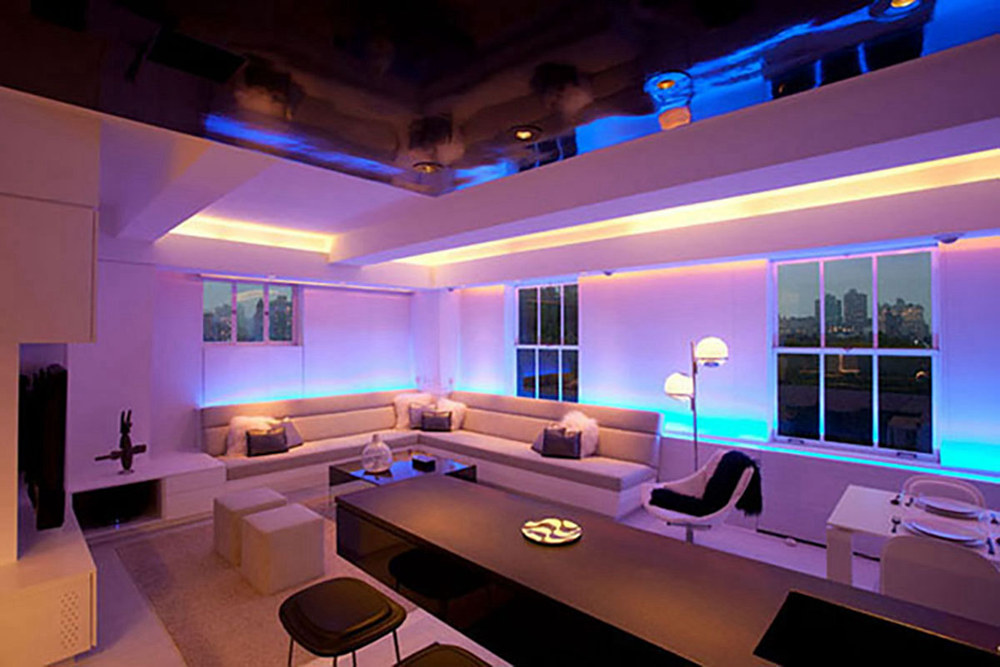Evolution of Lighting
Lighting technology has come a long way over the years, and one of the most exciting innovations in recent times has been the development of RGB lighting. RGB, which stands for red, green, and blue, refers to a type of lighting that allows for a wide range of colors to be produced by combining these three primary colors. This technology has revolutionized the way we light up our homes, offices, and even entertainment venues. In this article, we will explore the evolution of RGB lighting technologies and take a look at what the future holds for this exciting field.
The Advancement of RGB LEDs
RGB LEDs have become increasingly popular over the years due to their versatility and ability to create stunning visual effects. These LEDs are small electronic components that emit light in various colors when an electric current is applied to them. The evolution of RGB LED technology has allowed for greater control and customization, making it possible to create dynamic lighting displays that can be tailored to any occasion or mood.
The first RGB LEDs were introduced in the early 1960s and were primarily used in electronic devices such as calculators and digital watches. These early LEDs were limited in terms of color options and were often only capable of producing a few basic colors. However, as technology advanced, researchers and engineers began to develop more efficient RGB LEDs that could produce a wider spectrum of colors.
One of the key milestones in the development of RGB LEDs was the introduction of high-brightness LEDs in the 1990s. These LEDs were much more efficient than their predecessors and could produce brighter and more vibrant colors. This advancement opened up new possibilities for RGB lighting, and soon they started to find their way into various applications, including architectural lighting, stage lighting, and even home lighting.
The Rise of Smart Lighting
As RGB LED technology continued to improve, another significant development took place in the lighting industry - the rise of smart lighting. Smart lighting refers to a system of lighting that can be controlled and customized using a smartphone, tablet, or voice command. These systems often utilize RGB LEDs to provide users with a wide range of color options and lighting effects.
Smart lighting has gained popularity due to its convenience and energy efficiency. With smart lighting, users can easily adjust the color and intensity of their lights to create different moods and ambiance in their space. Whether you want a bright and vibrant room for a party or a soft and relaxing atmosphere for a cozy evening, smart lighting allows you to achieve it with just a few taps on your phone.
In addition to color customization, smart lighting systems also offer features such as scheduling, motion sensing, and integration with other smart devices. These features make it possible to automate lighting control and create personalized lighting experiences based on your preferences and daily routines.
The Future of Lighting Technology
As we look towards the future, it is clear that RGB lighting technology will continue to play a significant role in the evolution of lighting. The possibilities are endless, and researchers and engineers are constantly pushing the boundaries of what can be achieved with RGB LEDs.
One area of focus for future development is the improvement of energy efficiency. While RGB LEDs are already more efficient than traditional incandescent bulbs, there is still room for improvement. Researchers are working on developing RGB LEDs that are even more energy-efficient, allowing us to enjoy the benefits of vibrant and customizable lighting without consuming excessive electricity.
Another exciting area of research is the integration of RGB lighting with other emerging technologies such as augmented reality (AR) and virtual reality (VR). Imagine being able to step into a virtual world where the lighting adjusts to match the surroundings and enhances the immersive experience. This type of integration could revolutionize the entertainment and gaming industries, providing users with an even more immersive and realistic experience.
Furthermore, advancements in RGB lighting technology are not limited to indoor applications. Outdoor lighting, such as architectural and landscape lighting, can also benefit from the versatility and customization options provided by RGB LEDs. Imagine a city skyline transformed by dynamic and interactive lighting displays, or a garden illuminated with a spectrum of colors to create a magical atmosphere.
RGB LEDs: A Stepping Stone
While RGB LEDs have already made a significant impact on the lighting industry, they are just the beginning. As technology continues to advance, we can expect to see even more exciting innovations in the field of lighting. From advancements in energy efficiency to integration with other technologies, the future of lighting looks brighter than ever.
Whether you are an interior designer looking to create stunning lighting displays, a homeowner wanting to add a touch of personalization to your living space, or simply someone who appreciates the beauty of vibrant colors, RGB lighting technology has something to offer for everyone. So, embrace the evolution of lighting and get ready to illuminate your world in ways you never thought possible!

























